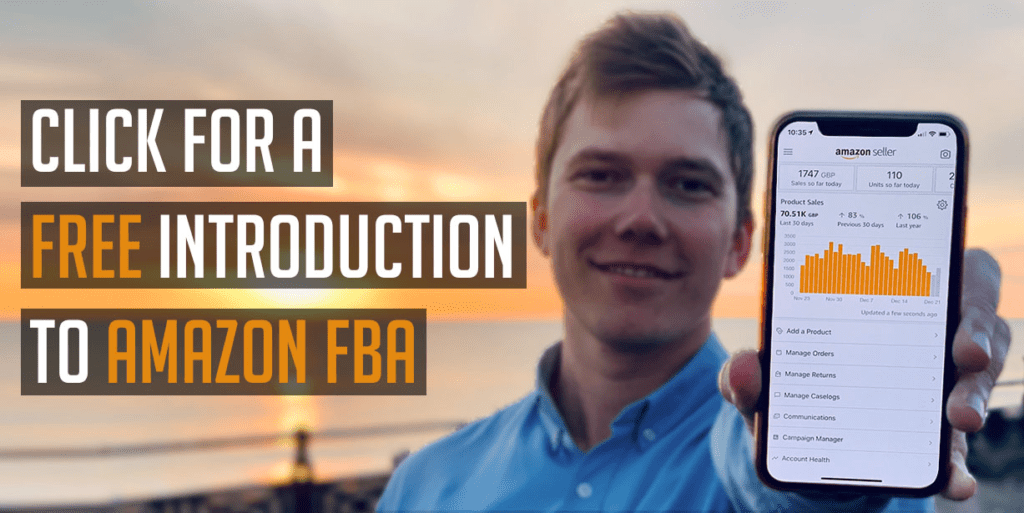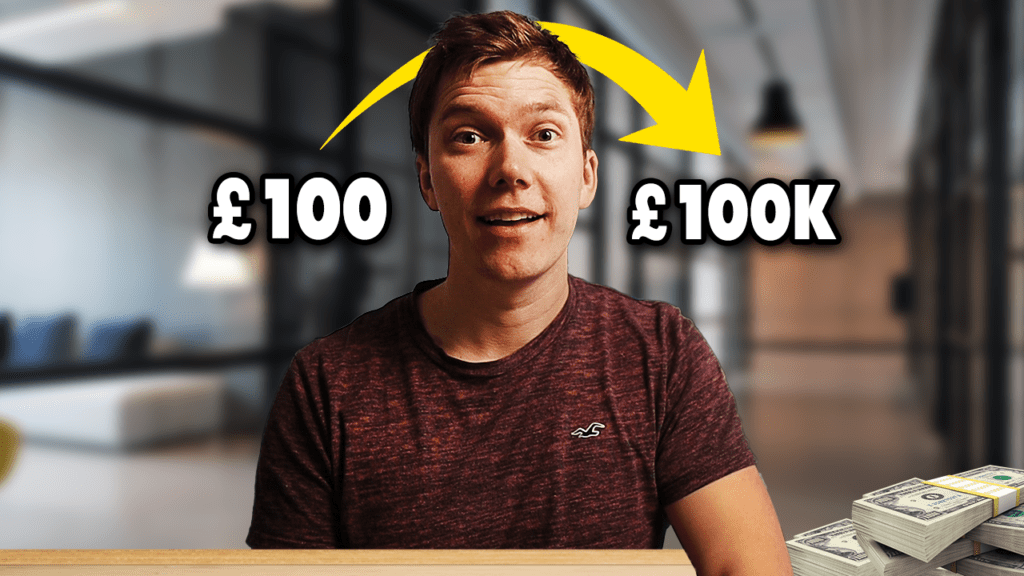
Steps For Investing In The UK Stock Market
With high levels of inflation continuing to make everyday items more and more expensive in the UK, and the cost of living crisis not looking like it’s going to get better any time soon, it’s more important than ever to have an emergency fund and start investing any savings that you have instead of parking it in a savings account, protecting it from the eroding impact of the double digit inflation that’s currently wrecking havoc across the world right now.
As someone that’s worked within the finance space for over 10 years, I’ve become pretty familiar with the different methods that are available to people if they want to invest money and grow their wealth and have come up with this investing guide for beginners. But before I had this experience of investing in the UK, I didn’t have a clue about what, when or how investing money works– school didn’t teach it, and neither did university – so even though I was keen to make stock market investments, the fear of stepping out into the unknown stopped me from doing it all together, so I kept my cash in a super low interest savings account and settled for being paid pennies every year instead.
The most annoying thing about doing that wasn’t the fact that I missed out on a huge amount of the stock market’s surge in growth, but it was that once I actually went through the process of investing my money, I realized that it isn’t a complex process, and it doesn’t require large amounts to get started. In fact, you can start investing with just £100 and 20 minutes of your time, and once you’ve done it, you’ll see how straightforward the process is and how quickly it can be done the next time around.
To help ensure that you don’t follow the same path of failing to invest that I did, seeing your savings dwindle in purchasing power as living expenses continue to rise, I’m going to walk you through the process to follow in order start investing your first £100 – and by doing that, I’m hoping you’ll see just how easy investing for beginners is, which will encourage you to continue investing the same amount on a monthly basis, giving you the benefit of the power of compound interest rates, and allowing you to grow your savings much more quickly than if they were just sat in low interest savings accounts.

Understand How Investing Works
Before I run through the steps to follow in order to invest your first £100, it’s important to clarify that assessing the results of any investment should be done over a period of at least 4 years or more. Whilst we’re obviously hoping the value of our investment go up substantial amounts in that period, because we’re going to start investing in companies via the stock market, in shorter amounts of time there could be periods of volatility when stock markets fall caused by events such as recessions, wars, pandemics and so on, and that could mean that the value of the companies that you invest in fall in value in the short term, no matter how good their own individual performance is.

A general rule of thumb when start investing any amount, is to only invest sums that you’re unlikely to need in the short term and not touch your emergency fund – if you’re looking at buying a house or need to pay off a large sum of debt in the next year or two – you’re probably better off keeping that cash in an instant access savings account, regardless of the interest that it pays.
So, if you’re able to save around £100 a month and you’re unlikely to need this cash in the short term, then stick around and get ready to learn how you can invest that cash through an investment platform known as Trading 212. And as part of this tutorial, I’m going to give you a couple of investment ideas for you to consider making yourself.
Find An Investment Platform
If you haven’t heard of it before, Trading 212 is a platform that allows you to invest in the stock markets without having to pay any commission, and the reason that I recommend it for beginners is that the website is pretty intuitive to use. It offers over 10,000 stocks and funds for you to invest in, and it allows you to buy fractions of a share. If you wanted to invest in Apple, for example, via most other brokers, you’d have to buy at least one share of the company, which according to the latest trading data, would be $175. However, with Trading212, if you only have $88 to invest, then that’s not a problem because you can buy half a share.

In short, Trading 212 is my recommendation as it’s beginner friendly and allows you to get started with a small amount of cash. But, if you have another platform that you’re already registered with or one that’s been recommended to you, feel free to use that and still follow along with my recommendations.
Create An Account
If you’re happy to go with Trading 212, firstly you’ll need to make an account. You can register using this link, and as soon as you make your first investment, you’ll get a free share worth up to £100 given to you.
The registration process itself is pretty straightforward, click open an account, select the country that you’re based in, and then select either the ISA account if you haven’t already opened an ISA since April, or if you have, select the Invest account. I’m not going to run through the details of what an ISA is in this article, but if you’re not familiar with what one is, check out my previous blog post on reducing your tax bill to get the detail.
Once you’ve made your selection, fill out your email and chosen password, and then complete the appropriate forms to verify your identify and make your first cash deposit. As soon as that’s done, your account is active and you’re able to invest your first £100 as soon as you feel ready.
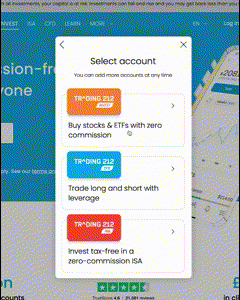
Start Investing Money
The Trading212 website is pretty straightforward to use, in the left hand menu you’ve got the watchlist section – which contains lists of stocks and funds that either you or Trading 212 has favourited – your investment portfolio section, the option to search for any investment that you want to make, the calendar – which contains upcoming key economic and financial events that may impact the value of your investments, as well as some training videos.
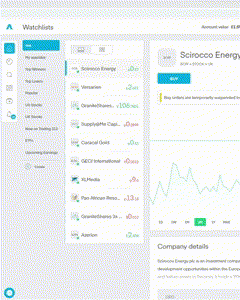
Out of all of these options, it’s the watch list and search sections that you’re probably going to be making the most use of as a beginner, both of which will contain all of the company shares and what are known as ETFs, that you’re able to invest in.
ETFs vs Single Stocks
An ETF – or an exchange-traded fund in its simplest terms is an investment that tracks the value of hundreds of different companies’ share prices, the cumulative movement of which impacts its own value. When you invest in a single ETF, you are indirectly investing in all of the underlying companies that sits in that fund – which can sometimes be in the thousands, potentially lowering your risk and exposure to a single company or industry through the impact of diversification.
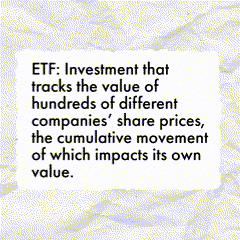
If you are a complete beginner to investing, I’d always recommend that you start with an ETF given that they’re incredibly diversified – some more than others, but undoubtedly all more so than an individual stock. Their annual management fees are also very reasonable, with some as low as 0.07% per year.
Of course you can consider investing in single companies too, but be aware that the risk of doing so is higher, and because of that, it’s advised that you do a fair bit of research into the company that you’re considering investing in before parting with your cash. Just to give you an example of what can happen if you don’t do your research and pick a stinker – when I first created my investment account with Trading212 a few years ago I got given a free share in a company called SmileDirectClub, which at the time was valued at £14.63. Given it was free, I just left it there, and the value today sits at a healthy £0.57 following continued underperformance.

So, if you’re going to invest in single stocks, do your research, and don’t just invest everything into a single company – spread the risk so that you’re diversified. If you don’t have the time or the confidence to research into the hundreds of companies out there, my advice is to stick with an ETF until you do, and I’ll give you a couple of recommendations of ones to look into further in a moment.
Once you’ve gotten familiar with the Trading212 website and had a look at the companies and funds that are available for you to invest in, if you’d like to do some additional research into any of them, of course you can use Google, but for a quick start, click into any name where you’ll be shown the historic price movements, a summary of the company and its financial performance, as well as important documents such as annual reports.
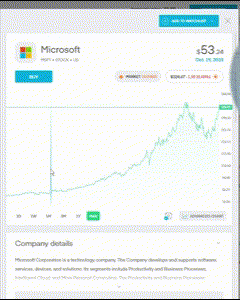
If you’re looking into an ETF, the documents section is super important to view as it contains what is known as the Key Information Document, which contains detail of what type of companies the fund invests in, the deemed risk profile, as well as the annual fees that are charged. If you’ve not seen one before, these documents can be a little overwhelming, so lets walk through an example one together to show you the key information to look out for.
After selecting the Vanguard FTSE 100 ETF, you scroll down and open the Key Information Document, which shows us the name of the fund at the top, the currency that it trades in, as well as whether it’s a Distributing or Accumulating fund. Distributing means that any dividends paid out by each individual company within that fund is paid out to you, and Accumulating means that any dividends that are paid out are re-invested on your behalf automatically without any charges. If you’re investing for the long term and you’re not close to retirement or looking for dividends, I’d always look for the Accumulating version of a fund.
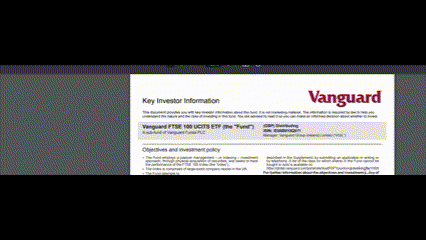
Next up you’ve got the objectives and the detail of the fund – which will tell you the type of companies that you are indirectly investing in. Here we can see that this FTSE 100 fund contains large sized company stocks in the UK – to be precise, the top 100. If you wanted to see the detail of which companies are included, simply copy and paste the name of the fund or the ISIN into google, and then click into the portfolio section of the fund manager’s website that appears.
Further down the key info document you’ve got the fund’s risk profile – which is usually going to be at the top end of the scale for any fund that invests in shares, as well as information on fees and charges, which are automatically charged to your account by Trading 212, and then finally, past performance information.
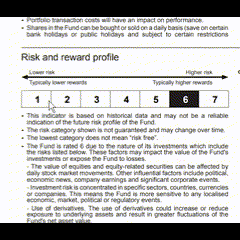
Of course, these documents contain lots of other information that you might be interested to read about, but it’s the name, type, pricing and strategy of the fund that you’ll be most interested in looking out for whenever you come across one that you’re not familiar with.
So now that I’ve walked you through how to navigate the Trading 212 website and the key information to look out for, lets walk through how to actually invest and what to consider investing in if you are a beginner – starting with the latter.
If you’ve never invested before or you don’t have the time to research individual companies to invest in, then as a beginner investor my advice is to go for an ETF – or Exchange Traded Fund. By doing so, you get the immediate benefit of diversification through the fact that the ETF is indirectly invested in hundreds of companies, the fees are low and its effectively a passive investment, so you don’t need to worry about keeping on top of an individual company’s news and considering whether you should be buying or selling more according to their financial performance.
Don’t be fooled by thinking that because a single company that you’re looking to invest in is well known that it’s likely to do well and you don’t need to do any research before buying. Just look at Tesla for example – if you’d have put your cash in them a year ago, you’d be down 20% on your investment today, which is a substantial drop. So if you want to invest in individual firms, always do your research regardless of who the company is, and diversify by investing in multiple companies and industries as best as you can. If you don’t want the hassle of the doing that extra research and you’re happy with your investments effectively tracking the performance of an entire market, stick with an ETF.
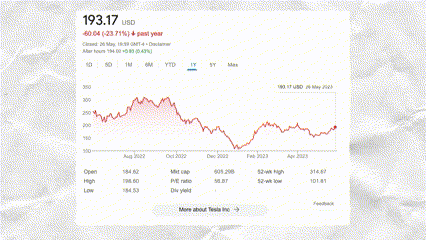
Assuming that you’re happy to go down the ETF route for your first £100 investment, I recommend that for a starter look at: the Vanguard FTSE All World which is an incredibly diversified ETF that contains over 3,600 global companies within its portfolio, the Vanguard S&P 500 – which comprises of the top 500 biggest companies listed in the USA – so Amazon, Apple, Tesla and so on, and if you’re looking for exposure to the UK’s listed companies and the UK economy, the Vanguard FTSE 100 and FTSE 250 ETFs.
I myself invest pretty much exclusively invest into the FTSE All World index because of how diversified it is from a industry and geographic perspective, but when doing your own research you may prefer to have more exposure to the US which generally contains higher growth companies than other areas, in which case the S&P 500 might be more suitable for you to invest more into.
Make Regular Investments
Regardless of which option or options you go for, as soon as you’ve made your mind up, click into the fund, press buy, select your investment size, and then press ‘Send buy order’. If it’s during the week and the markets are open, then your order should be executed immediately, and you can give yourself a pat on the back because you will have just made your very first investment.
As mentioned earlier, remember that investing should be seen as a medium- to long-term goal, so whilst it’s hard, try not to keep looking at the Trading 212 app on a hourly basis and making decisions based on daily performance. Keep making regular investments if you can – ideally on a monthly basis – and if possible, invest into your ISA for tax free returns. If you can follow that advice consistently, then you should see your money invested start to accumulate and grow much faster with long term investing than if it was just sat in your savings account.
That is all there is to it – hopefully you didn’t find it too confusing and you now agree that investing isn’t something to be frightened of. If you have any questions let me know in the comments!





